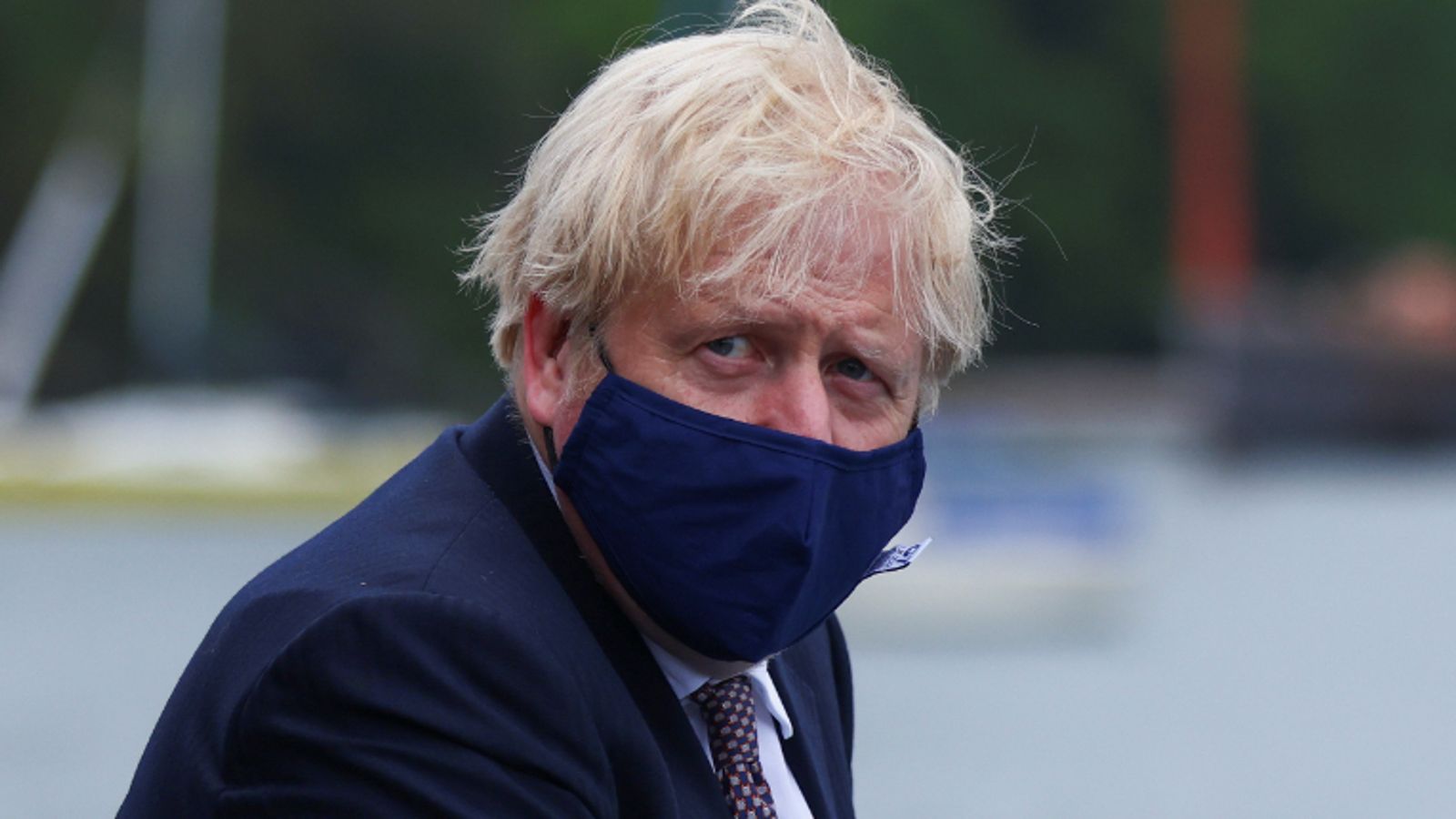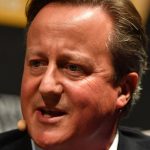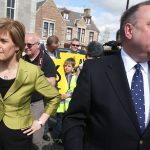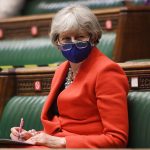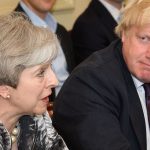Since they were first imposed in the spring of last year, the question of when coronavirus restrictions would finally be lifted has been ever present.
At various points through the pandemic Boris Johnson has attempted to provide an answer – but repeatedly his assertions, some more confident than others, have proved to be false dawns.
But why was the government wrong in its predictions before, and why is the prime minister indicating much greater confidence that this time things will be different?
Prime Minister Boris Johnson has said he thinks the country can "turn the tide on #coronavirus within 12 weeks".
Get the latest on COVID19 here: https://t.co/S2Reu0KpNH pic.twitter.com/B4LCvnTOQq
19 March 2020 – ‘We can turn the tide within the next 12 weeks’
• Daily COVID figures at the time: 643 cases and 45 deaths
At a Downing Street news conference just days before the first lockdown was imposed Boris Johnson said he understood people wanted to know how long the virus was expected to disrupt their lives.
At this point the government was preparing to close schools, advising people to avoid pubs, clubs, restaurants, theatres and only make essential journeys – but the full “stay home” lockdown was not imposed until 23 March.
He said “I’m conscious as the days have gone by that people will want to know how long we are expecting them to keep it up.”
He added: “I do think, looking at it all, that we can turn the tide within the next 12 weeks and I’m absolutely confident we can send coronavirus packing… but only if we all take the steps that we have outlined.”
17 July 2020 – ‘Significant return to normality’ in time for Christmas
• Daily COVID figures at the time: 687 cases and 26 deaths
17 weeks after he had made the “12 weeks to turn the tide” statement, Boris Johnson used a Downing Street news conference to announce an easing of restrictions into the summer – and made another prediction about when the remaining rules might be removed.
“It is my strong and sincere hope that we will be able to review the outstanding restrictions and allow a more significant return to normality from November at the earliest – possibly in time for Christmas,” he said.
He did, however, add the caveat: “We will not hesitate at any stage to put on the brakes.”
PM @BorisJohnson says it is his "strong and sincere hope" that "we will be able to review the outstanding restrictions and allow a more significant return to normality from November at the earliest – possibly in time for Christmas."#COVID19 latest: https://t.co/CwJLIyxZMp pic.twitter.com/RagR442tDt
2 November 2020 – ‘Defeat this virus by the spring’
• Daily COVID figures at the time: 18,950 cases and 136 deaths
The brakes were firmly put on in November 2020 as Boris Johnson ordered a second national lockdown in England that was time-limited to four weeks. It was framed at the time as an effort to “save Christmas”.
Mr Johnson acknowledged restrictions would remain even once the second lockdown was over, but told the House of Commons progress towards vaccines and effective treatments had created a new horizon for normality’s return.
“I believe that these technical developments, taken together, will enable us to defeat this virus by the spring, as humanity has defeated every other infectious disease,” he said.
23 November 2020 – ‘That terminus, that end date, looks like being Easter’
• Daily COVID figures at the time: 15,450 cases and 206 deaths
Restating that point at the end of November, the prime minister also used a word that he has now associated with the latest target date of 19 July.
He described Easter 2021 as a “terminus” and even suggested things could move more swiftly than that.
“As has been pointed out several times already, that terminus, that end date, looks like being Easter. We may be able to do better and make considerable improvements before Easter, but we should aim for Easter,” he said.
This was, of course, before the full impact of the additional transmissibility of the variant first identified in Kent was understood.
22 February – On 21 June ‘we will aim to remove all legal limits on social contact’
• Daily COVID figures at the time: 10,641 cases and 178 deaths
Forced to order the third national lockdown on 4 January, it was not until 22 February the prime minister offered his next prognosis for when restrictions might be lifted.
On that day the government published the roadmap out of lockdown, which Mr Johnson said how the country would move “cautiously but irreversibly towards reclaiming our freedoms”.
There was more caution in the timeframe than in previous assertions, with the claim that the decisions would be driven by data and that the different stages would occur no earlier than the date given.
Nonetheless, 21 June immediately became a focal point, with the prime minister saying “with appropriate mitigations, we will aim to remove all legal limits on social contact and on weddings and other life events. We will reopen everything up to and including nightclubs, and enable large events such as theatre performances above the limits of step three, potentially using testing to reduce the risk of infection”.
14 June – ‘Pretty confident’ four-week delay will lead to the ‘terminus date’
• Daily COVID figures at the time: 7,742 cases and three deaths
Last night the prime minister said the date was being put back by a month in response to the increased transmissibility of the variant first discovered in India.
“Now is the time to ease off the accelerator,” he said. “Because by being cautious now we have the chance in the next four weeks to save many thousands of lives by vaccinating millions more people.”
But he said he was “pretty confident” the new date of 19 July for lifting of the remaining restrictions would be a “terminus”.
So what’s different this time?
The key explanation for the apparent confidence of the government that 19 July really will be the moment restrictions are fully lifted is the effectiveness of vaccines – specifically against the Delta, or Indian, variant.
The latest findings from Public Health England’s analysis suggest people who have received both doses of Pfizer of AstraZeneca vaccines are very well protected against serious disease – this was not something that could be said with certainty at any other point in the pandemic.
If the vast majority of adults in vulnerable age groups have been offered both doses by July, the hope is that as cases continue to rise the number of people admitted to hospital should not overwhelm the health service.
It’s worth noting, however, that the delay to 19 July is not just to give space to increase the number of people with both doses, but also to give scientists the time to judge whether their assessment of the number of people likely to require hospital treatment looks to be accurate.
Cabinet Office minister, Michael Gove, said that something “unprecedented and remarkable” would be required to change course again.
But as the last 15 months have shown, unprecedented events can never be entirely written off.
